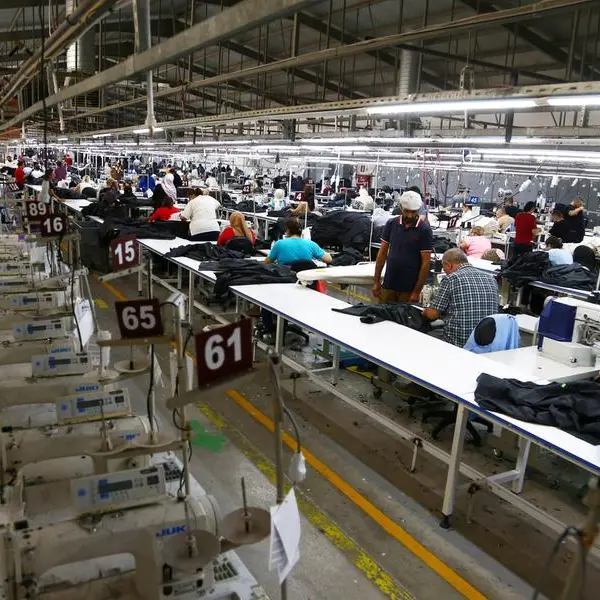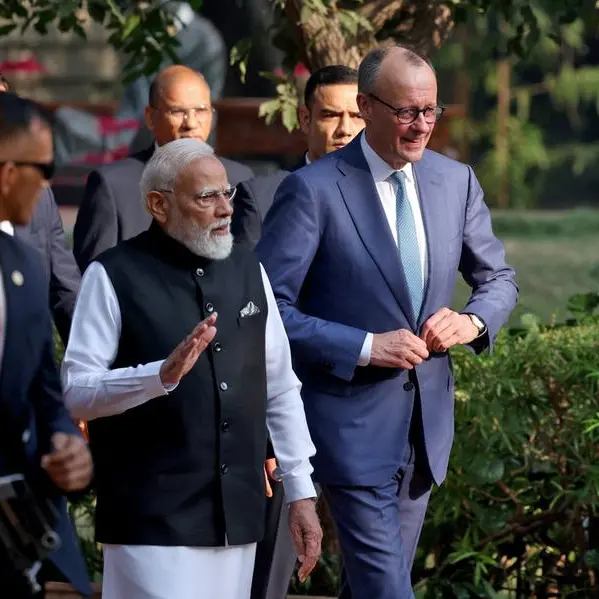PHOTO
Russia is flooding the global market with cheap wheat as the world's No. 1 supplier draws down inventories ahead of an expected bumper harvest, easing food inflation for importers but intensifying competition for rival exporters.
Prices of U.S. and European wheat have dropped to their lowest in about 3-1/2 years, weighed down by Russian grain flows, which have prompted China to cancel recent purchases from the United States.
Global cereal supplies are shifting to surplus from the shortages of the past several years caused by unfavorable weather, the coronavirus pandemic and the Russia-Ukraine war.
"Russia still has large inventories which need to be sold to free up space for the new harvest, which is expected to be big," said Matt Ammermann, vice president of the Eastern Europe and Black Sea region for brokerage StoneX.
Russia is projected to export a record 51 million metric tons of wheat in the crop year that ends on May 31, up from 47.5 million a year ago, the U.S. Department of Agriculture (USDA) says.
It is forecast to export 4.5 million to 4.8 million tons of wheat in March, which would be bearish for global prices, Ammermann added.
Refinitiv data shows benchmark Russian wheat export prices slipped below $200 a metric ton ($5.44 per bushel) this week for the first time since August 2020, marking the lowest early-March price since 2017.
"What is more important is what is going to happen to prices going forward," said Ole Houe, director of advisory services at brokerage IKON Commodities in Sydney.
"When you look at the global production prospects in the second half of the year, there is going to be more supply. Crops across the northern hemisphere are doing very well. Prices will come under more pressure in the near term."
LOWER PRICES, OVER-SUPPLIED MARKET
Since last week, the USDA since last week has confirmed that private exporters cancelled sales of 504,000 metric tons of U.S. soft red winter wheat to China, the world's largest producer and consumer of the grain.
China made a series of U.S. wheat purchases in December, when prices were higher.
Now Chinese buyers might need to compensate the sellers for cancelled deals if they had locked in prices, said Jeffrey McPike, a U.S. analyst with brokerage WASEDA Commodities, although it was unclear, as the deals were private contracts.
In addition to the steep decline in world prices, Chinese buyers have cancelled U.S. cargoes amid oversupply in the domestic market.
"The wheat market is oversupplied after a period of intensive replenishment, most of the flour mills are holding certain volumes," China Grain Net, an information provider affiliated with state stockpiler Sinograin, said this week.
China has taken delivery of more than 1 million metric tons of four different types of U.S. wheat so far this marketing year, industry group U.S. Wheat Associates says.
It had imported higher volumes from Australia and France as well, after adverse weather hit crop quality last year.
FALLING U.S. EXPORTS
In a monthly report on Friday, the USDA cut its estimate of U.S. wheat exports in the marketing year beginning June 1 by 15 million bushels to 710 million.
The government has reason to reduce the figure by another 10 million bushels, said Terry Reilly, a senior agricultural strategist for Marex.
U.S. exports are expected to stay at their lowest in more than half a century.
Sizeable harvests in the United States and Russia could further weigh on global prices.
Weak global wheat prices are a blow to farmers already grappling with a drop in prices of corn and soybean, now standing at their lowest since 2020.
However, some supportive factors could provide a floor under the market.
"Canada is very dry heading into May planting," said Dennis Voznesenski, associate director for agricultural economics at Commonwealth Bank of Australia, listing some supportive aspects.
"There are forecasts of La Nina weather which is raising questions of growing conditions in Argentina," he added. "There is dryness in some parts of Australia." (Reporting by Tom Polansek in Chicago and Naveen Thukral in Singapore; Additional reporting by Julie Ingwersen in Chicago, Michael Hogan in Hamburg and Mei Mei Chu in Beijing; Editing by Clarence Fernandez)





















